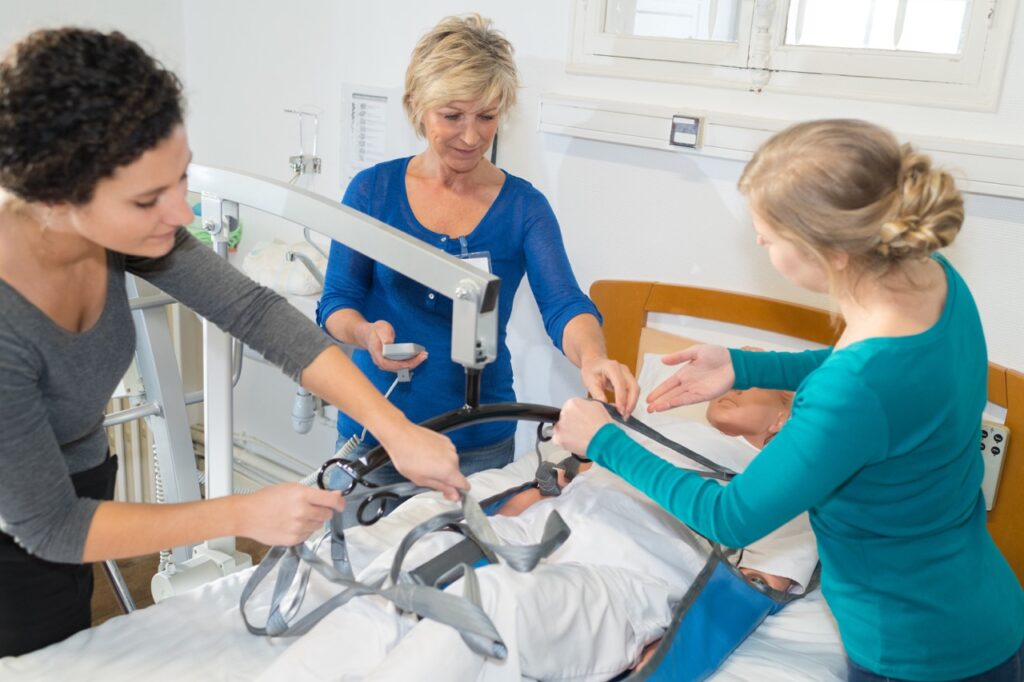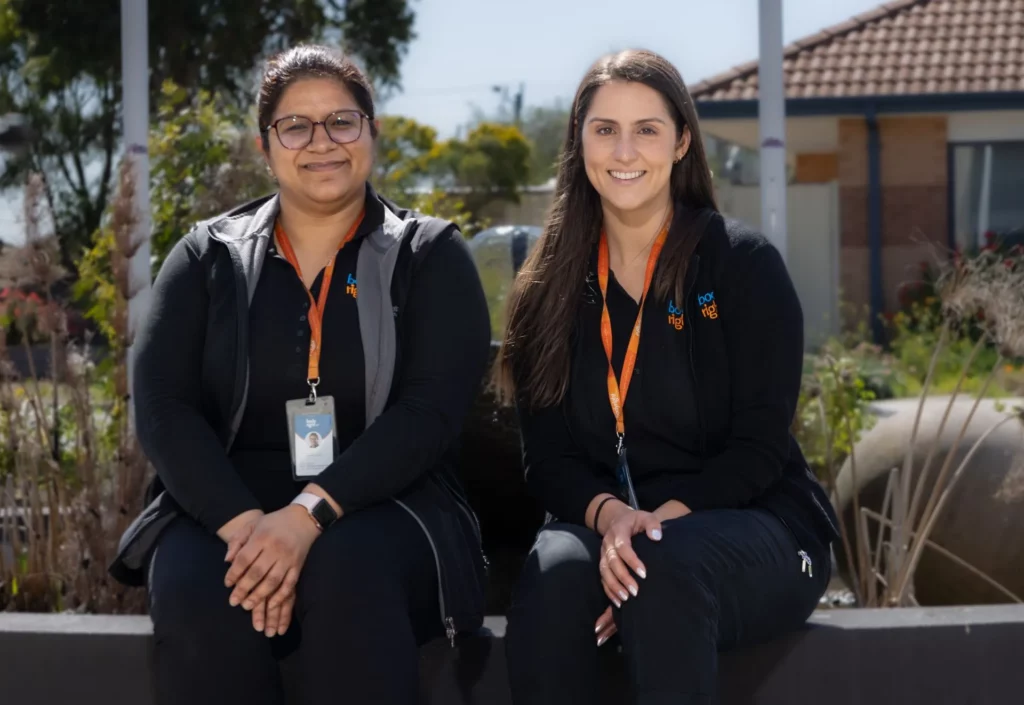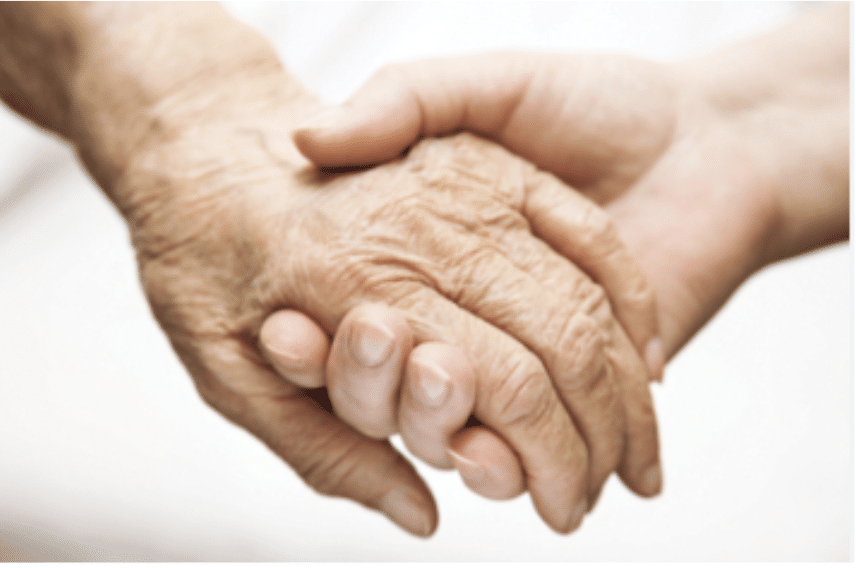Empowering Safe Care Partnerships
“We got the package so Doug could stay at home, now he can’t stand on his own or move on and off the toilet. I can’t manage him on my own anymore. What do we need to do?”
This is the question that has been or will be asked by many consumers who have been provided with a Home Care Package (HCP), when faced with the prospect of functional capacity decline at home.
The HCP funding, in its design, is provided to enable consumers to remain at home longer and slow the transition into residential care. This is a financial model and it’s cheaper to keep people on a package than to pay for residential care accommodation. As a result of that, consumers now increasingly age at home.
In days gone by, consumers would walk into residential care, requiring minimal assistance. Today many arrive in a wheelchair unable to walk or stand.
Functional decline not only impacts the wellbeing of the care recipient but the carer as well. This is particularly concerning when there is a shift from requiring minimal assistance to physical assistance and finally to mechanical assistance.
To manage this scenario effectively at the community level, the capacity of the consumer during all transfers has to be fully assessed in order to provide recommendations for ongoing care. This empowers a safe care partnership.
A safe care partnership is fostered when there is certainty that both the care recipient and the carer are safe and has the skill to manage the care recipient.
Understanding the Uniqueness of Functional Capacity Assessment:
A No Lift Functional Capacity Assessment (NLFCA) within the home setting is not a one-size-fits-all solution. It is a nuanced and personalised evaluation, that transcends the usual Allied Health Assessment and provides deeper insight into the appropriate management of the care recipient. The solution involves the following elements.
- Holistic Assessment of Care Recipients:
The specialised NLFCA utilises the No-Lift System and criteria to determine the capacity of the consumer, their ability to assist and ultimately the level of assistance required to assist them.The assessment considers all of the different transfers and movements that take place in and around the house, including on and off the bed, transfers that involve sitting-to-standing as well as ambulation. An assessment document is provided for each NLFCA completed. - Tailored Care Plans:
The insights gained from a NLFCA pave the way for the development of highly individualised care plans. Unlike generic plans, these are crafted to address the specific needs and limitations of the care recipient, promoting a targeted and effective approach to caregiving. The assessment document becomes an integral part of the careplan and can be updated if capacity changes. - Safety First:
Home environments can present unique challenges, from uneven surfaces to narrow doorways. A specialised NLFCA identifies the appropriate transfer procedure in spite of the environmental hazards present within the home. This proactive approach minimises the risk of accidents and injuries, reinforces the safe care partnership.
Ensuring Caregiver Safety & Competence:
While the primary focus of caregiving is often on the care recipient, the well-being of the caregiver is equally crucial. Application of the No Lift Functional Capacity Assessment (NLFCA) demands effective working knowledge of the No Lift procedures.
- Educating and Empowering Caregivers:
Caregivers play a pivotal role in assisting care recipients with various activities, including transfers within the home. Being trained to execute the No Lift procedures, such as transferring from bed to chair or repositioning on the bed, is crucial in the care outcome. This education could include on-site competency training with the consumer and/or formal workshop training as a group. Evidence of competency training can be provided. - Promoting Long-term Well-being:
A NLFCA not only addresses immediate needs but also looks toward the future. By ensuring caregivers possess the necessary skills and knowledge, the assessment and training contributes to the long-term well-being of both parties involved. This proactive approach prevents injury, burnout and fatigue, enabling a sustainable caregiving dynamic.
This procedure of assessment and training will need to be repeated when there is a change in care recipient capacity.
The No Lift System is not just a way of educating people to keep their backs straight when lifting, but rather it’s a system of procedures that have been through a risk assessment filter and which dictate necessary equipment and the number of carers required, based on the capacity of the consumer, NOT the strength of the carer. The overall objective is to lift less and use equipment where possible.
A No Lift Functional Capacity Assessment (NLFCA) can only be completed by a manual handling specialist who has attended and completed a competency workshop utilising the O’Shea No Lift System for Safe Patient Handling. The NLFCA outlined in this document is part of a new joint venture known as NO LIFT 2.0 – Transferring People Safely.
For more information about NO LIFT 2.0 and the No Lift Functional Capacity Assessment call BodyRight Healthcare on 03 9558 9111 or email: nolift2.0@bodyrighthealthcare.com.au




